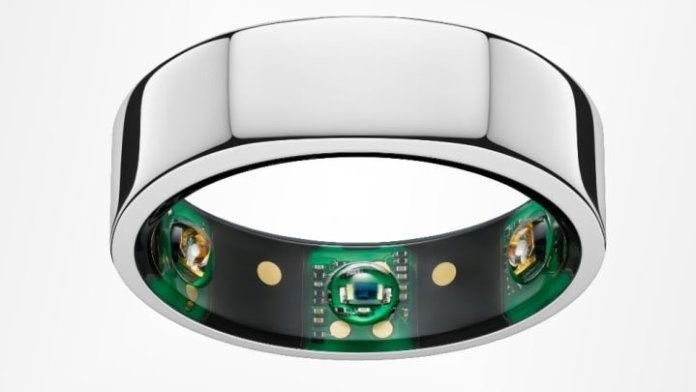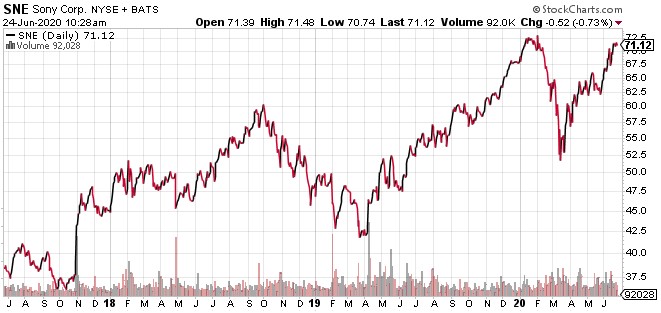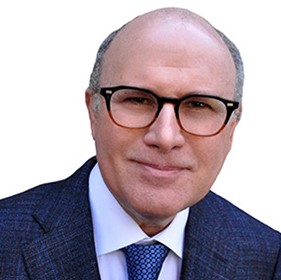Ring That Senses COVID-19 Shows Power of Cheap Sensors
Sensors are playing a vital role in the new digital economy. Now, they may even help with the early diagnosis of COVID-19.
Look no further than the sensors being used in Oura’s smart ring.
The ring is best known for its sleep tracking capabilities. But a new study from the University of California at San Francisco suggests the Finnish company may be onto something much more important:
It’s time for investors to delve into sensors.
Unlike most health trackers, Oura’s stylish titanium rings use a unique combination of digital biosensors to make sense of a wearer’s heart rate, motion and temperature. That last category is what really caught the attention of researchers at UCSF.
It turns out that the fingers are an especially good place to collect biological data. The human hand is packed with arteries and nerve endings. And because the skin surrounding finger is thin and often translucent, it is a great place to collect pulse and temperature data.
These signals, according to Oura’s CEO Harpreet Singh Rai, can be as much as 200 times stronger than readings taken from the wrist.
The UCSF study paired Oura trackers with 2,000 frontline healthcare workers, a test group in constant contact with people suffering from the novel coronavirus. The goal of the study was to collect data, then develop an algorithm capable of predicting the onset of COVID-19.
Enthusiasm for the UCSF study, and a lot of anecdotal evidence from users who have used Oura rings to spot illness up to three days in advance of the symptoms, is gaining a lot of attention.
Rai announced Tuesday that Oura signed a deal with the National Basketball Association. The company, according to a CNBC report, will distribute rings to 1,000 players, coaches and staff ahead of the start of the season in Orlando this summer.
The NBA is the third of the big sports leagues in the United States to resume play, after golf and NASCAR. Executives are looking for any advantage to ensure the safety of players and staff. Oura rings, plus the ability to run data analysis across large sets of digital inputs, is definitely worth considering.
Products like Oura are possible because sensors have become ubiquitous and cheap.
While most investors are intoxicated with the cutting-edge end uses, there is real money to be made in the commoditized electronic gizmos responsible for collecting the data.
When a company finds a niche, it behooves managers to quickly build a moat around core strengths. They then pull every lever to build greater economies of scale to keep competitors out of the market. The by-product is what looks like a legal monopoly. Huge profits follow.
Today, Sony (NYSE: SNE, Rated “B-”) makes most of the camera sensors found in smartphones. Because prices have fallen so dramatically, competitors are few and far between.
Sony’s tremendous scale and intellectual property hoard has transformed the sensor business into the jewel of the company. Automobile and city planners have become voracious consumers.
Another firm, Cognex (Nasdaq: CGNX, Rated “C”), makes scanners and the software platform used to help industrial machines see. As factories become more automated, all machines will move from blindness to sight. It’s inevitable.
The Massachusetts company has a boatload of IP. Annual sales reached $700 million during 2019. Cognex had 75% gross profit margins and net profits of $203 million. Bereft of competition, its sensor business is minting money.
The sensor revolution is only beginning. Turning the physical world into bits of data to be collected and manipulated makes good economic sense. Increasingly, sensors are finding ways into cars, streetlamps, industrial robots and now even rings that track our health in innovative new ways.
Oura fell into its current role as a predictor of COVID-19; when the product was developed years ago, it seemed no more than another gadget to track sleep.
Investors should reimagine how sensors will transform our digital future. The investment opportunities are there for the taking.
Best wishes,
Jon D. Markman





